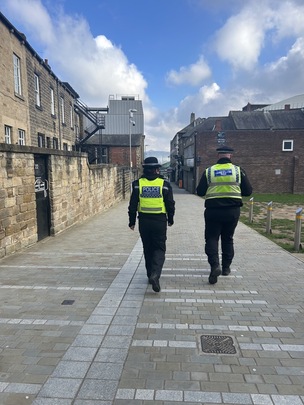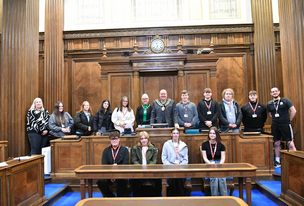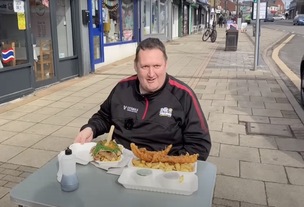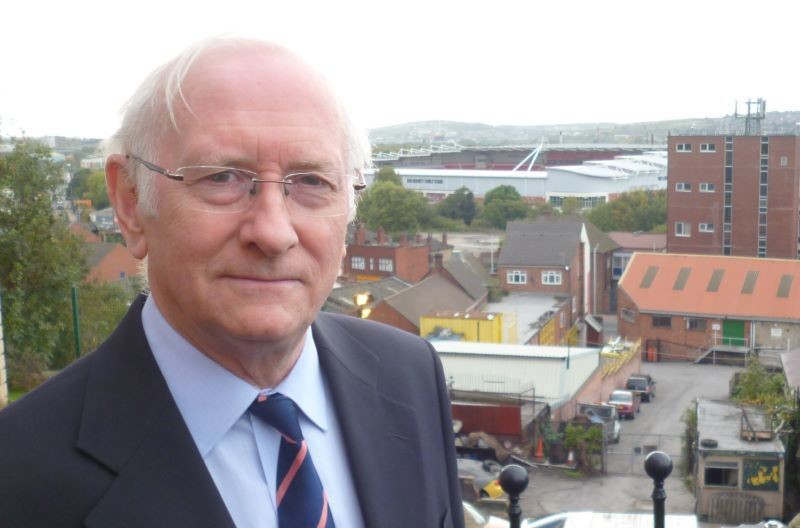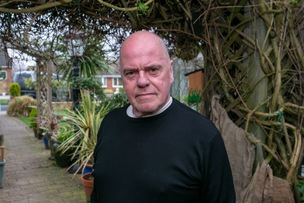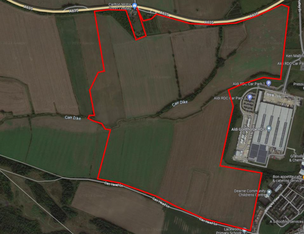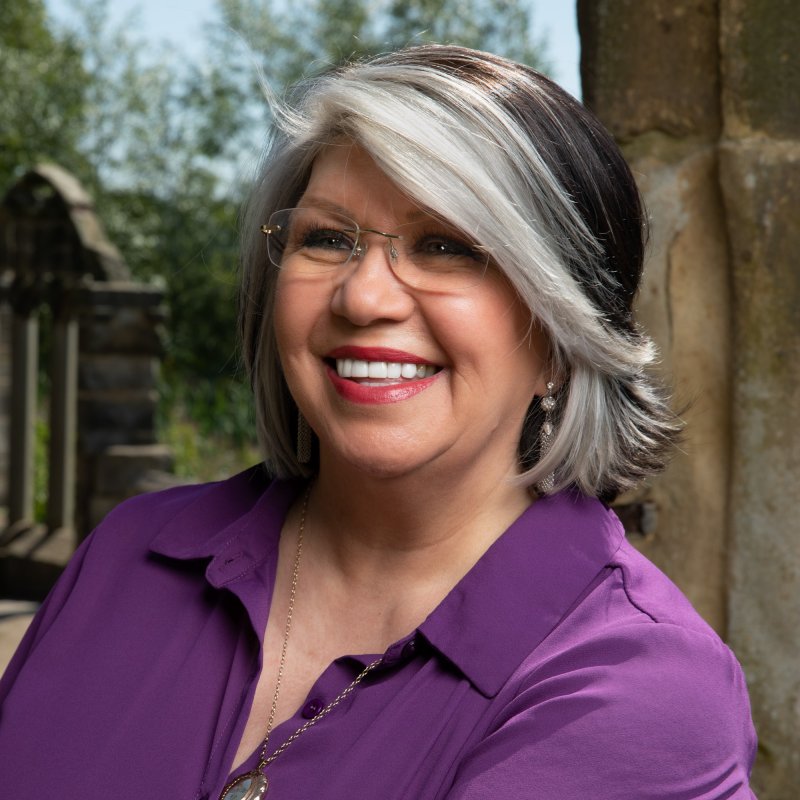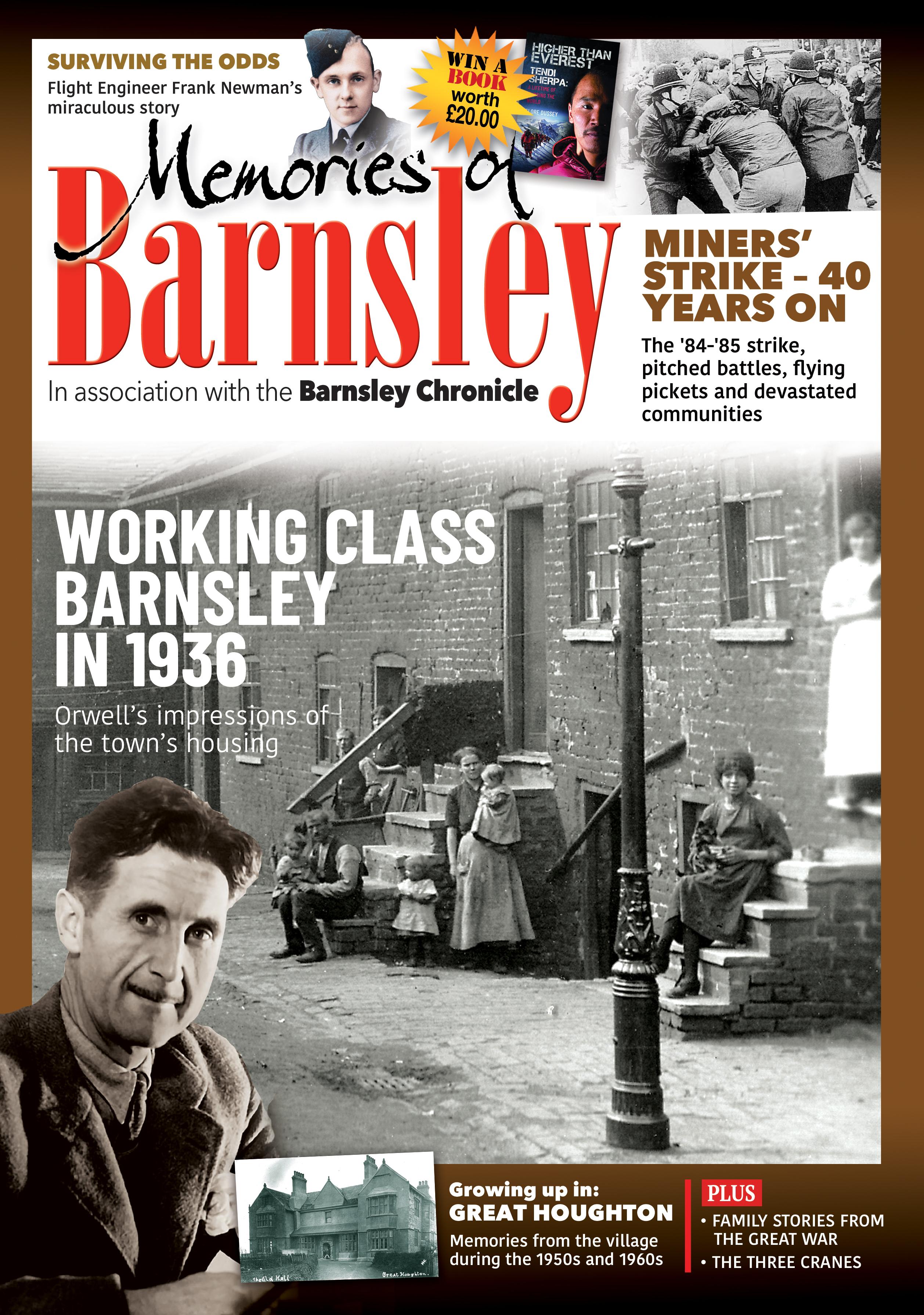MORE than 4,000 reports of crime were reported in Barnsley town centre in 2018, latest figures obtained by the Chronicle reveal.
Violent-related offences topped the list from January to December with 997 incidents, accounting for 23.9 per cent of overall reports received by police.
Antisocial behaviour - which has been reduced by 21 per cent in the town centre - still makes up for 18.4 per cent of the annual list, with 764 reports being made.
Shoplifting figures (590, or 14.2 per cent), remain static when compared to the previous year’s report, although public order and drug-related offences have both increased.
In total, 4,164 incidents were reported in 2018, although the figure represents a reduction from 2017’s 4,640, which is a 10.3 per cent decrease.
Dr Alan Billings, South Yorkshire Police and Crime Commissioner, said: “All crime is investigated, but that cannot mean that every crime is treated in the same way. For instance, given that since 2010 we have lost about 520 officers, it is not possible to send an officer to every offence that is reported.
“The police will have to make a judgement about whether to attend, based on a range of criteria including assessing the level of harm caused, and the investigative opportunities available.
“My view is that as long as the reasons for a particular judgement are carefully explained, most people will understand why a visit may not be productive at that time.
“People do need to be reassured that the details of each case are being captured because they know that this helps to build a picture of what may be happening in an area and may eventually lead to an arrest.
“It is important that we understand local priorities as well as the high demand areas of policing. The newly re-introduced neighbourhood teams will be working with local communities to understand the policing and crime issues that are affecting their day-to-day lives and working to resolve issues and carry out enforcement as necessary.
“It is these often low level issues that really matter to people and if addressed can have a dramatic impact on the lives of individuals and communities.”
Out of the 4,164 incidents, 30 per cent remain under investigation, while 51 per cent resulted in no further action being taken. Seventeen per cent accounted for an offender being sent to court, while the remaining two per cent were dealt with by the police via a caution.
The rise in drug abuse in public, which has more than doubled from 85 incidents in 2017 to 180 in 2018, is being attributed to the prominence of spice, a former legal high which has often resulted in users being seen unconscious in Barnsley town centre.
“The sudden appearance of new types of drugs such as spice have led to disturbing scenes in some of our urban centres,” Dr Billings added. “Users sway, fall down and pass out on the pavement and this can be disturbing and frighten those who witness it.
“This has to be tackled, not least for those whose lives are being destroyed by the drugs. Some increases in crime may not be real increases so much as more accurate or better recording.”

